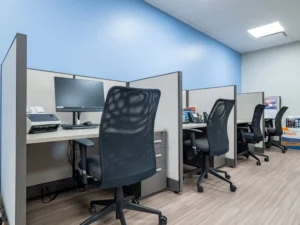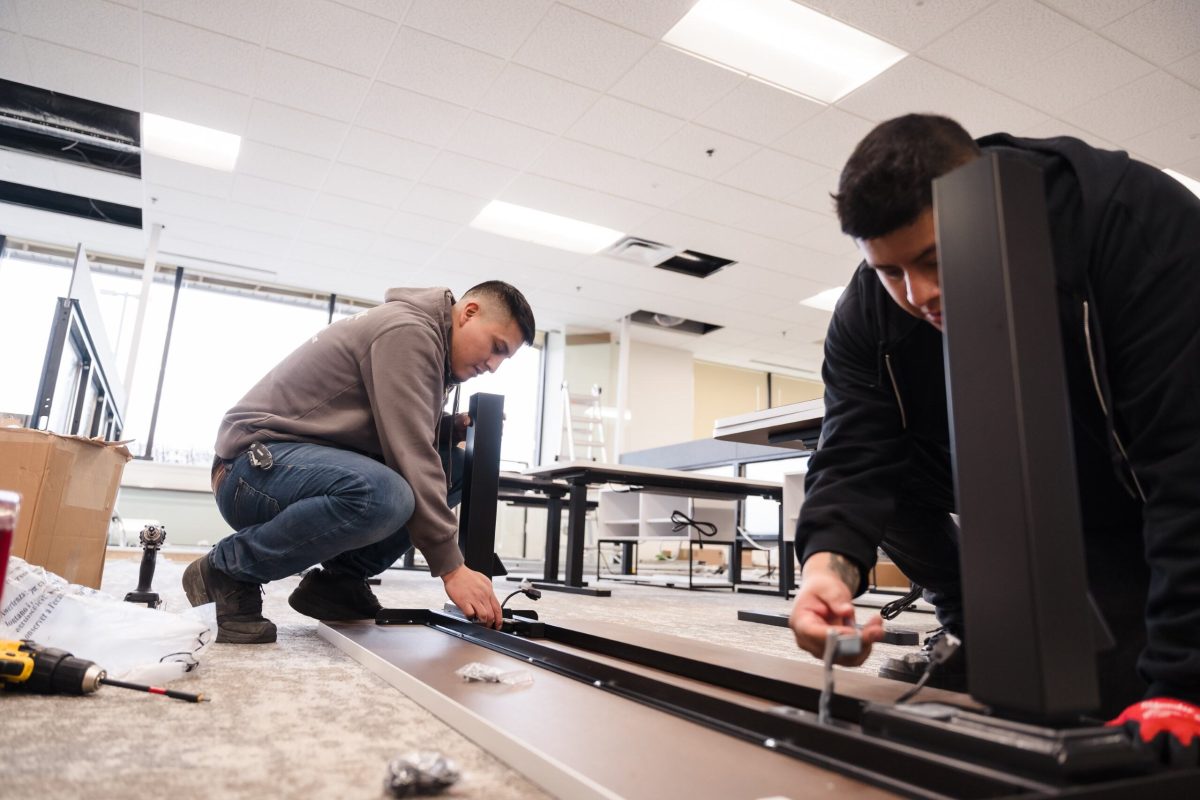Relocating your office isn’t just about boxes, furniture, and floor plans, it’s about people. Even a well-planned move can feel disruptive if your team isn’t on board or doesn’t feel involved. The truth is, office moves often trigger uncertainty, stress, and resistance unless managed with empathy, clarity, and smart communication.
Whether you’re upgrading to a larger space, moving closer to clients, or designing a hybrid work hub, your move will be smoother—and far more successful—if your team is well-prepared, engaged, and informed at every step.
At the InterWork Office, we’ve worked with countless businesses across New Jersey and the greater Philadelphia region to manage not only the logistics of relocation, but the people’s side of it, too. Here’s how you can do the same.
Why Employee Communication Is Crucial During an Office Move
When employees hear “we’re moving,” their minds instantly go to disruption:
-
- Where will I sit?
-
- Is this good or bad for me?
-
- Will the new office be harder to get to?
-
- What happens to our team culture?
Without clear, proactive communication, even a positive move can feel like a negative change. That’s why it’s important to treat your office relocation not just as a project, but as a transition that involves real people.
Step 1: Communicate Early, Often, and Transparently
Start your communication strategy as soon as the move is confirmed. Don’t wait until plans are finalized—bring your team in early so they feel included and respected.
What to share upfront:
-
- Why you’re moving (growth, better location, hybrid flexibility)
-
- When it will happen (with timeline milestones)
-
- Where you’re going and what’s better about the new space
-
- How it affects daily routines (commute, seating, tech, etc.)

Step 2: Involve Employees in the Design Process
One of the most effective engagement strategies is to involve team members in decisions about the new space. This helps employees feel seen, heard, and valued—which reduces resistance and increases enthusiasm.
Ask for feedback on:
-
- Seating arrangements or layout ideas
-
- Collaborative space preferences
-
- Privacy, noise, and lighting needs
-
- Commute and accessibility concerns
At the Interwork Office, we encourage our clients to co-create their future workspaces. Our team offers personalized space planning and design to support hybrid teams, enhance productivity, and reflect company culture.
Step 3: Appoint Departmental Move Champions
Change is easier to manage when it’s driven by trusted peers. Select a “move champion” within each department to act as the go-to liaison between leadership and employees. These individuals can:
-
- Share updates and explain changes
-
- Relay feedback and team concerns
-
- Keep packing tasks on track
-
- Motivate others and maintain morale
This distributed communication model ensures that updates reach everyone—without overwhelming leadership or HR with every detail.

Step 4: Use Visuals to Build Excitement
People process visuals faster than words. Use floor plans, design renderings, or even short walkthrough videos to help employees envision their future office. If possible, schedule a team visit to the new location.
When working with Interwork Office, clients often receive 3D renderings and mockups to preview new workspaces. This makes it easier to explain layouts and build excitement internally.
Step 5: Celebrate Milestones Along the Way
An office move can be exhausting—but it can also be a bonding opportunity. Celebrate packing milestones with small rewards, share behind-the-scenes updates via email, and host a send-off lunch or coffee break in your current space.
Once you’re settled into your new office, mark the occasion with a welcome-back breakfast or an informal ribbon-cutting. Small gestures make a big difference.
Step 6: Offer Support Before, During, and After the Move
Even with the best communication, some employees may still feel overwhelmed. Offer flexible hours, check in with teams regularly, and make sure the essentials—like Wi-Fi, chairs, and tech—are set up right away in the new space.
Interwork Office also provides post-move support, helping teams adjust quickly with final furniture tweaks, ergonomic setups, and layout adjustments.
Make Your Next Move a Team Win
Your office move doesn’t have to be a stressful change—it can be a positive, energizing step forward when your team feels informed and involved. By communicating clearly, involving employees early, and celebrating progress along the way, you create a move that boosts culture instead of draining it.
Need help planning a people-first office move? The InterWork Office is here to support every step, from space design and furniture setup to relocation and employee readiness.





